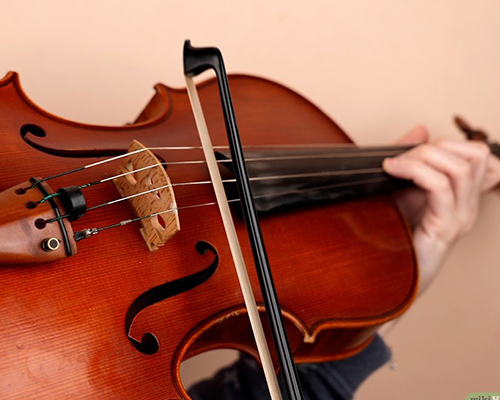Violin Playing Style: A Guide for Music Enthusiasts

The violin is a versatile and captivating musical instrument that has been enchanting audiences for centuries. One of the aspects that make the violin truly remarkable is the wide range of playing styles it offers. Each playing style has its own unique characteristics, techniques, and history. In this article, we will take a closer look at different violin playing styles, from classical elegance to the soulful sounds of jazz and contemporary innovations.
Classical Violin:
Classical violin playing style represents the foundation of violin music. Developed during the Baroque and Classical periods, it is known for its precision, control, and refined techniques. In classical violin, the emphasis is on producing a pure and balanced tone, flawless intonation, and meticulous bowing.
Jazz Violin:
Jazz violin brings a whole new dimension to the instrument, infusing it with improvisation, syncopation, and a vibrant, expressive sound. This style emerged in the early 20th century and has since evolved into various sub-genres, such as swing, bebop, and fusion. Jazz violinists have pushed the boundaries of the violin, incorporating elements of blues, swing, and even rock into their playing. Jazz violinists often use extended techniques, such as slides, glissandos, and pizzicato, to create a rich and dynamic sound.
Contemporary Violin:
The contemporary violin playing style represents the exploration of new possibilities and pushing the boundaries of traditional violin techniques. Contemporary violinists experiment with different sound effects, unconventional bowing techniques, and electronic amplification to create unique and innovative sounds. Through their adventurous spirit and creativity, they have expanded the possibilities of violin music and attracted a diverse audience.
Violin Techniques:
While each playing style has its own distinct techniques, there are some fundamental violin techniques that are essential across all styles. These include proper posture and positioning, bowing techniques, fingering techniques, and the art of phrasing and expression. Mastering these techniques is crucial for any violinist, as they lay the foundation for playing various styles with proficiency and artistry.
Notable Violinists:
Throughout history, numerous violinists have left a significant mark on the world of music. From virtuosos to innovators, their contributions have shaped the violin playing styles we know today. In addition to the mentioned classical, jazz, and contemporary violinists, other notable figures include Itzhak Perlman, Joshua Bell, Anne-Sophie Mutter, and David Garrett. Exploring their recordings and performances can provide valuable insights and inspiration for violinists of all levels.
In conclusion, the world of violin playing styles is a vast and exciting realm waiting to be explored. Whether you gravitate towards the elegance of classical violin, the improvisational nature of jazz, or the innovative spirit of contemporary violin, each style offers its own set of techniques, history, and notable figures to admire. Embrace the diversity, nurture your skills, and let your violin playing style become an expression of your passion and creativity. So, grab your violin, immerse yourself in the music, and embark on a lifelong journey of artistic discovery.

Leave a Reply